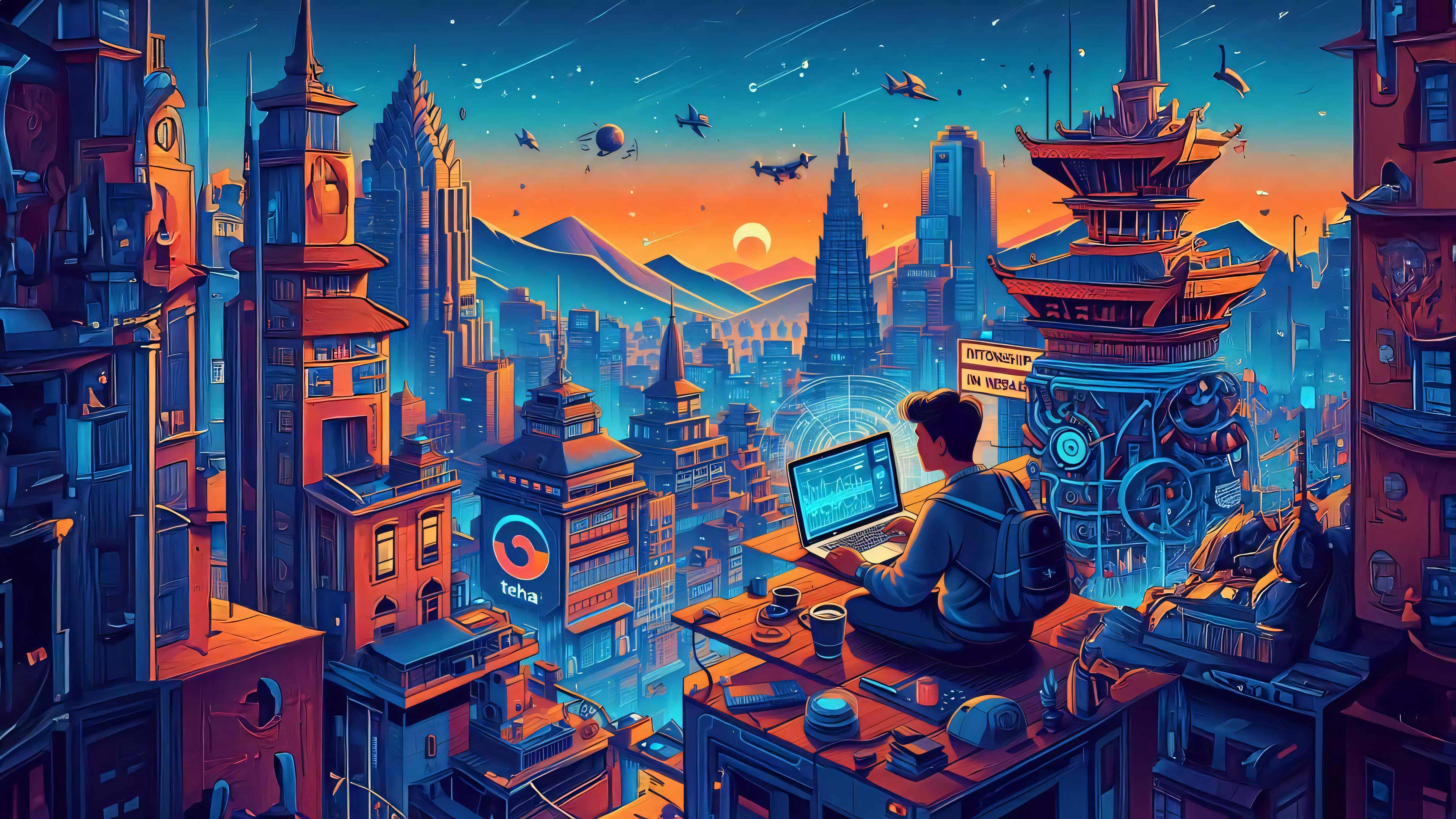Getting Hired as a Designer: A Hiring Manager’s Perspective
Having reviewed 1000+ job applications and conducted over 50+ interviews, I want to share insights on how to get hired as a designer, from a hiring manager’s perspective.
1. Know the Landscape
Before applying for jobs, take the time to understand the various roles in the market. There are a lot of roles in fields like Graphic Design, Product Design, Animation, 3D, or Video.
Equally important is deciding where you’d like to work: a startup, a multinational corporation, a product-based company, or an agency. Each environment comes with its challenges and benefits, so think about which aligns with your career goals.
2. Learn the Skills & Tools
Once you’ve chosen your desired role, focus on developing the necessary skills.
Before starting with anything learn the basics first. Learn about the design principles that will form the base for all your future learning. You can find plenty of videos online to learn this.
Pick a tool that is the most used for that particular role, and start mastering it. The best way to learn a tool is to recreate someone’s existing work. This way you don’t need to worry about the creative part and can focus on learning to navigate through the tool.
Learning is a continuous process.
3. Build a Relevant Portfolio
When you are comfortable. Practice by working for someone for a minimal amount. You can also volunteer and help your family, or friends, and close one’s business. This way you will have some work to add to your portfolio.
Include case studies that highlight your process and tell the story, not just the final output. Companies look for someone with problem-solving mindset and critical thinking skills. So a case study helps show just that. Show the impact of your work in metrics or outcomes. If possible, add testimonials as this helps in adding credibility to you and your work.
Remember, your CV is your first portfolio and first impression. So, make sure that you put your effort into that and it reflects your brand. Avoid typos, and grammatical mistakes and make it ATS (Applicant Tracking System) friendly.
Use platforms like Behance, Dribbble, or even Instagram to showcase your work. Consider building your website using tools like Framer, Webflow, or Squarespace to personalize your portfolio further.
4. Clean Up Your LinkedIn
Your LinkedIn profile should be up-to-date, professional, and relevant. Make use of the “Open to Work” feature to signal to recruiters that you’re actively seeking new opportunities.
LinkedIn is more than just a resume — it’s a professional networking tool, so keep it polished and active.
5. Market Yourself
Once you’re ready, start sharing your work on all your social media. Get your work in front of potential hiring managers, your network, and others in the industry. Actively marketing yourself increases your visibility and opens up more opportunities.
Even, when someone is not hiring, if they constantly see your work, there is a high chance they will remember you when they have an opening.
6. Start Applying
In the meantime, also manually search for relevant vacancies and start applying. It’s normal for some companies to never respond — don’t take it personally. Stay persistent, and keep applying!
7. Preparing for the Interview
Once you land an interview, preparation is key. Research the company, practice presenting your work, and be ready for evaluation exercises like whiteboarding or quick design ideation sessions. These are meant to test your problem-solving, communication, visual thinking, critical thinking, and time management skills.
During the interview, showcase your best work and provide relevant reasoning behind your design choices. Companies often look for the impact you’ve made—how your designs contributed to business growth.
If you’re a fresher, focus on the lessons learned from your projects.
8. Stay Humble and Be Honest
Companies want designers who are driven to learn, as the industry evolves daily. Be open to feedback, don’t get defensive, and don’t rush through your presentation. Most importantly, don’t be afraid to say, “I don’t know.” If you’re unsure of something, admit it. Don’t try to make up answers, better to show humility than overconfidence.
9. Keep Pushing Forward
Whether you get the job or not is always a 50-50 chance. If you get it— Congrats! If not, don’t lose hope.
I got my first job after applying to over 10 companies.
Ending thoughts
Landing a design job is a journey. Stay persistent, keep learning, and always refine your craft.
Getting hired as a designer isn’t 100% guaranteed, but follow these steps, and you’ll be one pixel close to success!
Note: Do feel free to reach out to me, if you need any help in your career.



